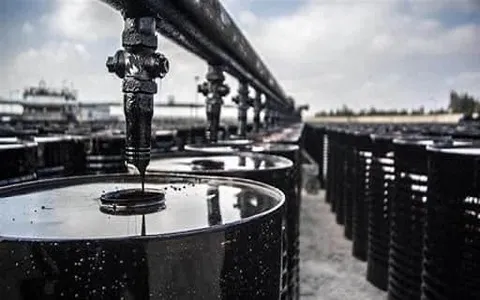Significantly fewer premature seal failures due to stripping occur when emulsion bitumen is used vs regular bitumen.
they are different in types and specification.
The higher wetting capacity of the bitumen emulsion enables it to quickly coat the aggregate, hence enhancing early adhesion and reducing the likelihood of peeling.

emulsion bitumen
Bitumen emulsion is by far the most popular binder in cold paving technologies.
They can be used for a wide range of applications, such as tack coatings, micro surfacing, and chip sealing.
Bitumen emulsions are oil-in-water emulsions that are usually made up of tiny droplets of bitumen that are spread out in the water.
The amount of bitumen can be changed to meet different needs, but it is usually between 30 and 70 percent.
The main goal of emulsifying bitumen is to make a product that can be used without heating, which is often needed when using cuts and pavement-grade bitumen.
Bitumen emulsions are made by quickly shearing hot bitumen in water that has an emulsifying agent in it (emulsifier).
This makes very small bits of bitumen (the dispersed phase) that are spread out in the water (the continuous phase).

cutback bitumen
With the addition of mostly petroleum-based solvents, ordinary bitumen is transformed into cutback bitumen, which has a reduced viscosity.
Cutback bitumen is used because its viscosity is lower than that of asphalt, making it appropriate for use in activities conducted at low temperatures.
Following a cutback, the solvent will gradually evaporate, leaving behind only the bitumen.
Bitumen is said to "cure" when the petroleum solvent in cutback bitumen evaporates.
It is typical practice to utilize cutback bitumen for prime and tack coats.
are frequently divided into one of three categories based on the relative flammability of the additional solvent: Typically, Slow Curing is a byproduct of the fractional distillation of specific crude petroleum.
They are also sometimes known as "road oils."
Historically, any aromatic, naphthenic, or paraffinic oil may be used.
By combining bitumen with an oily fraction of petroleum, it is possible to prepare ingredients for slowly curing liquid bitumen.

anionic bitumen emulsion
Anionic Negatively charged bitumen droplets in an emulsion of bitumen.
In an electric field, bitumen particles migrate to create the anionic bitumen emulsion.
The emulsion is referred to as anionic because the droplets migrate toward the anode or positive electrode.
In an anionic emulsion, there are a great number of bitumen droplets with the emulsifying agent at the water-bitumen interface.
The tail of the emulsifying agent aligns with the bitumen, while the positively charged portion of the head floats in the water, leaving the remainder of the positively charged head at the droplet's surface.
This provides each droplet with a negative charge.
Because negatives oppose one another, the bitumen droplets repel one another and remain in suspension as individual drops.
In the early days of asphalt emulsion production, materials such as ox-blood, clays, and soaps were utilized as emulsifying agents.

bitumen emulsion types
There are two major types of bitumen emulsion.
cationic and anionic bitumen emulsions, each with a different breaking or setting rate, binder type, and composition.
The two most common fundamental emulsion designations are C for cationic emulsions, as in CRS (cationic rapid setting), and A for anionic emulsions, as in ASS (anionic slow setting).
Cationic Bitumen Emulsion: During emulsion formation, cations are adsorbed by bitumen droplets, whereas negative ions remain in the water.
Rapid-setting emulsions definitely provide the most diverse application sector.
Anionic Bitumen Emulsion: The most commonly used alkaline salts are fatty acid and resin acid.
They are created by saponifying Tall-Oil, a liquid resin.
This is a residual distillate, which is a byproduct of the paper pulp industry obtained from resinous wood treated with the "sulfate" process.

0
0